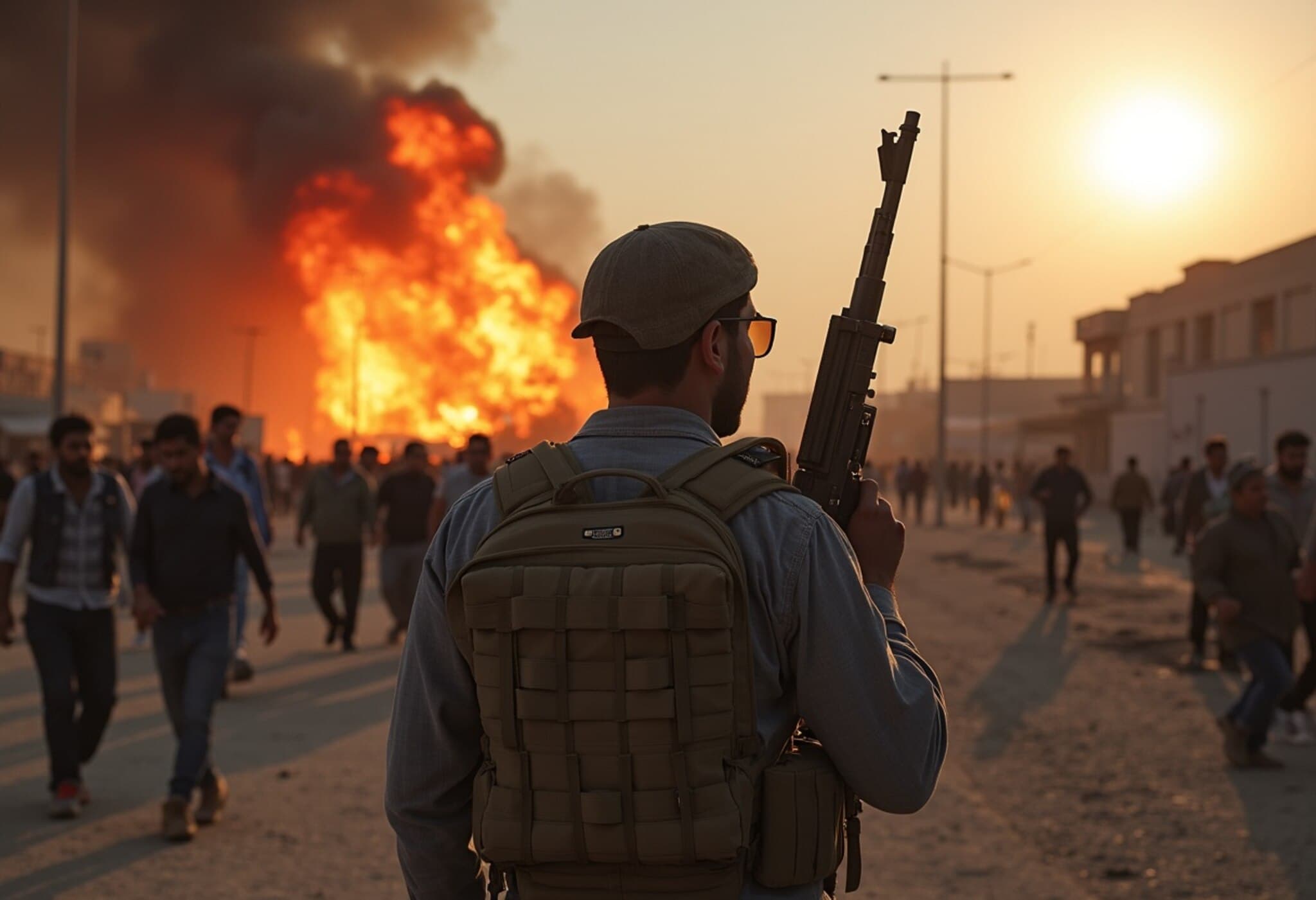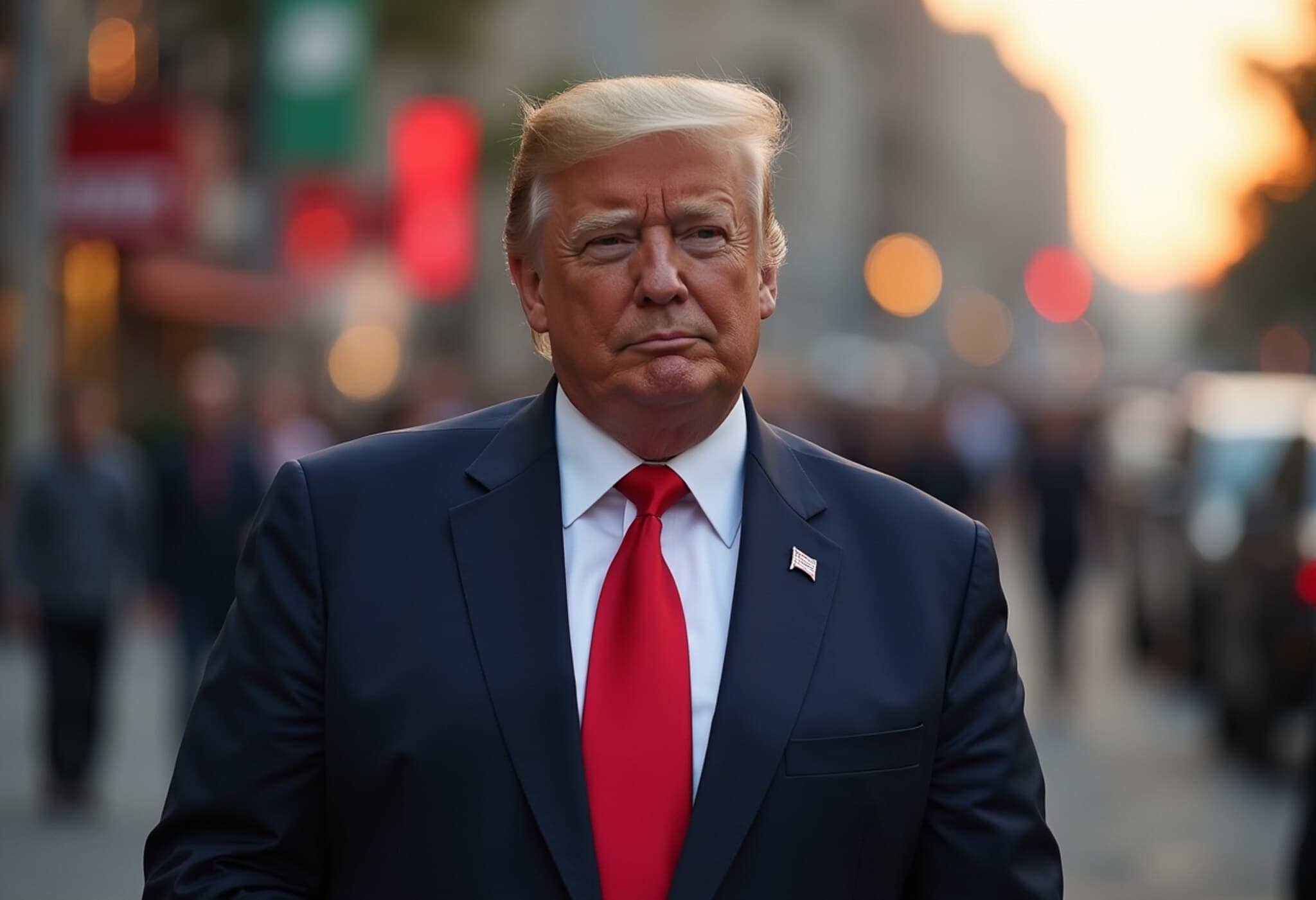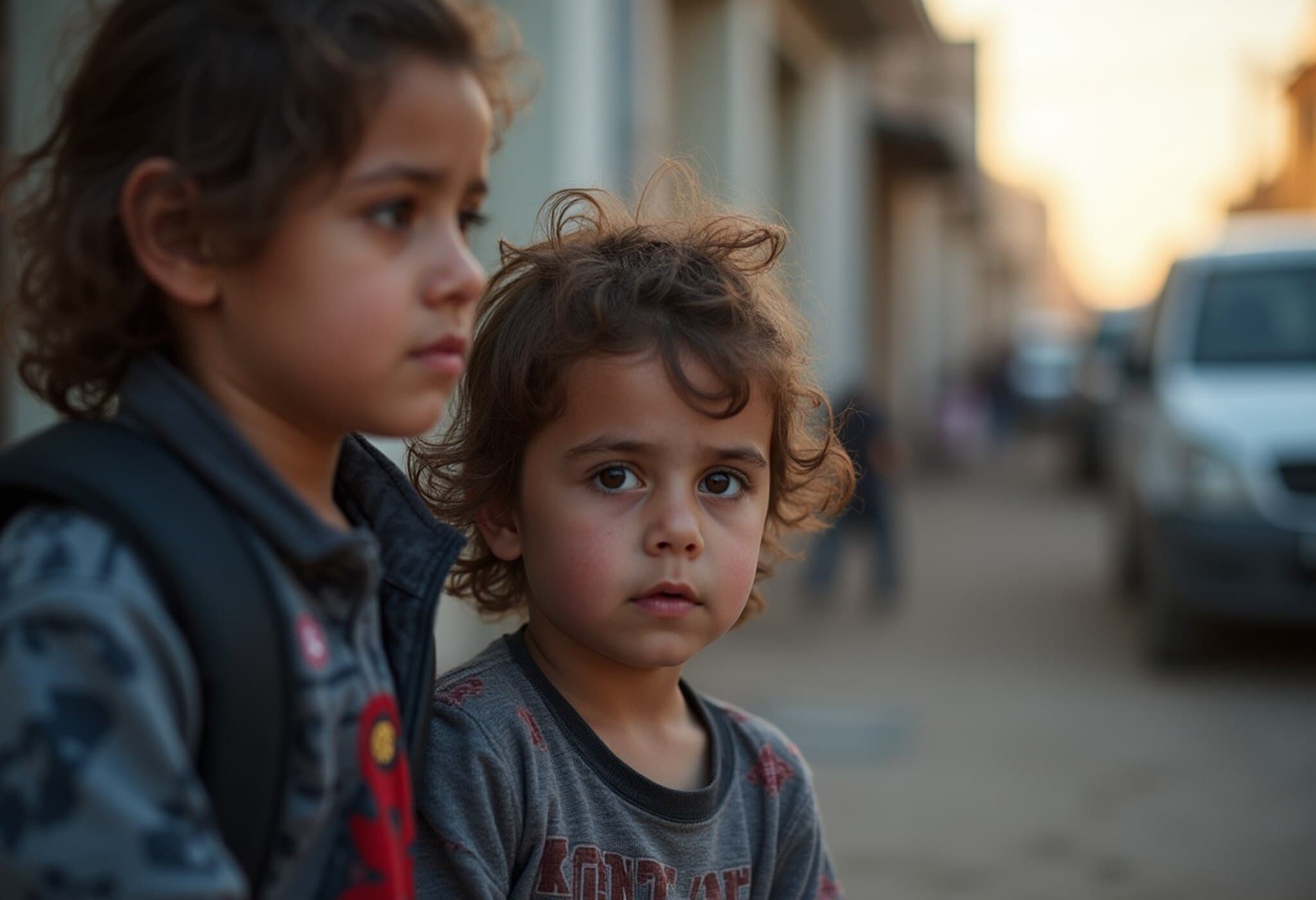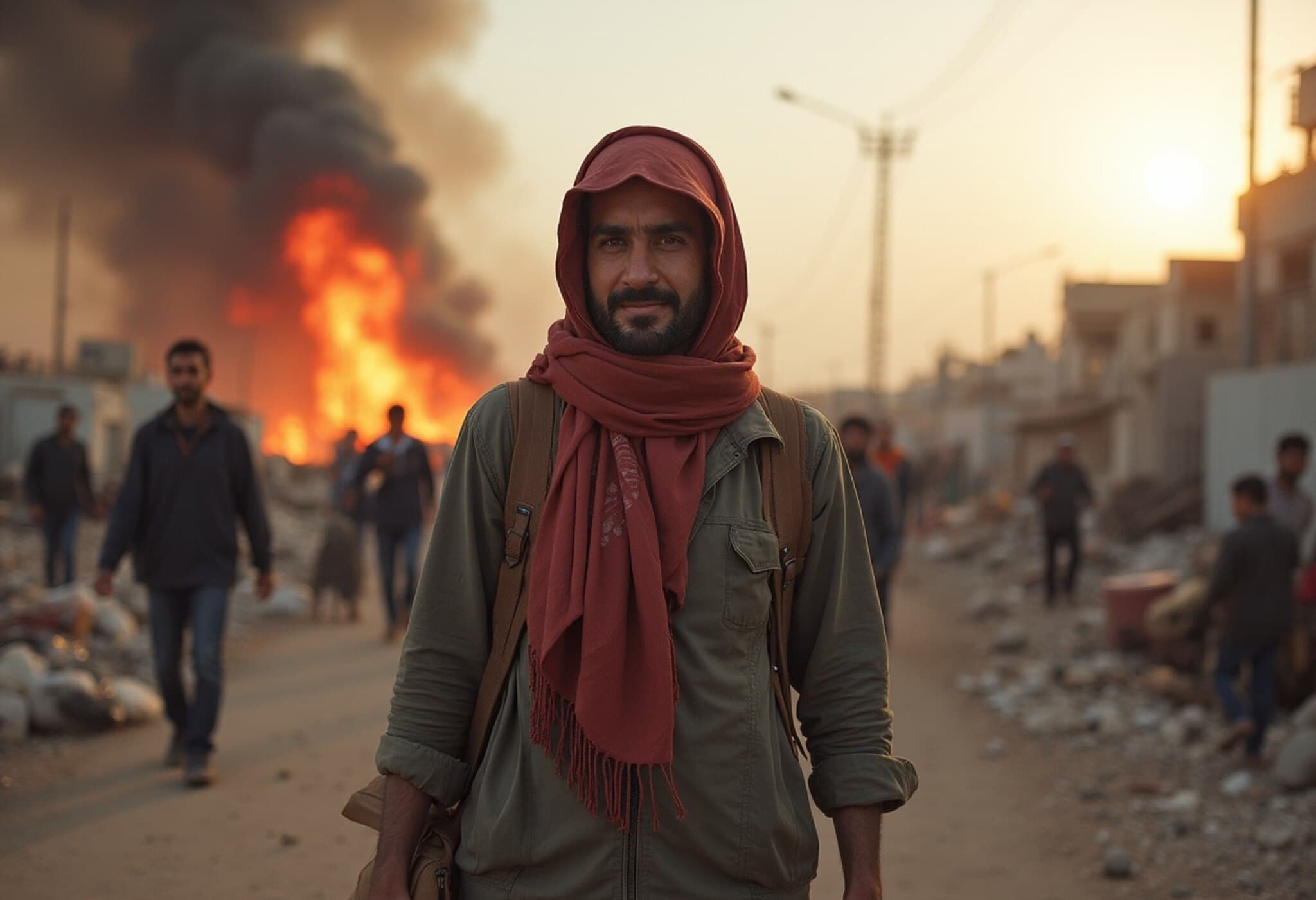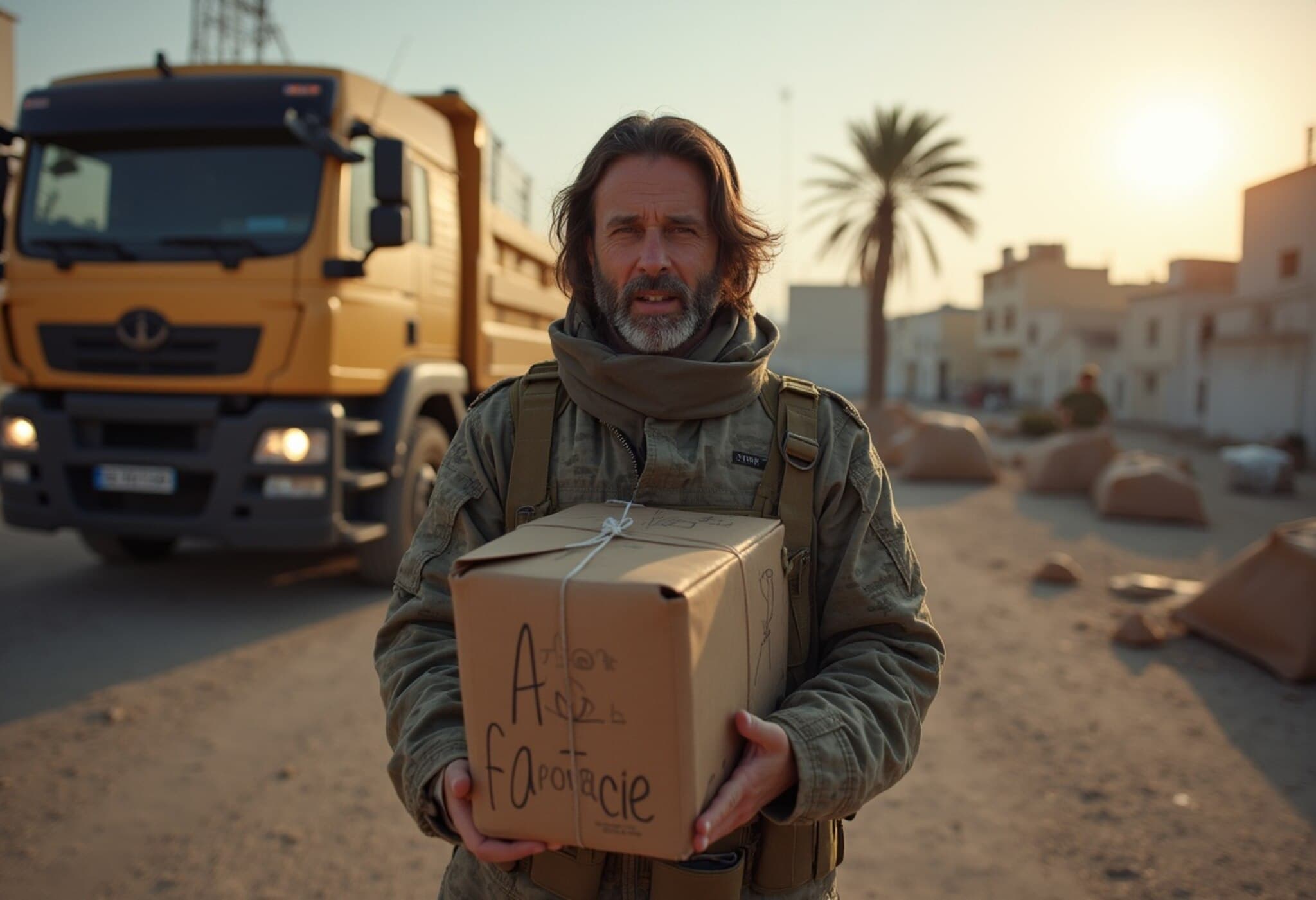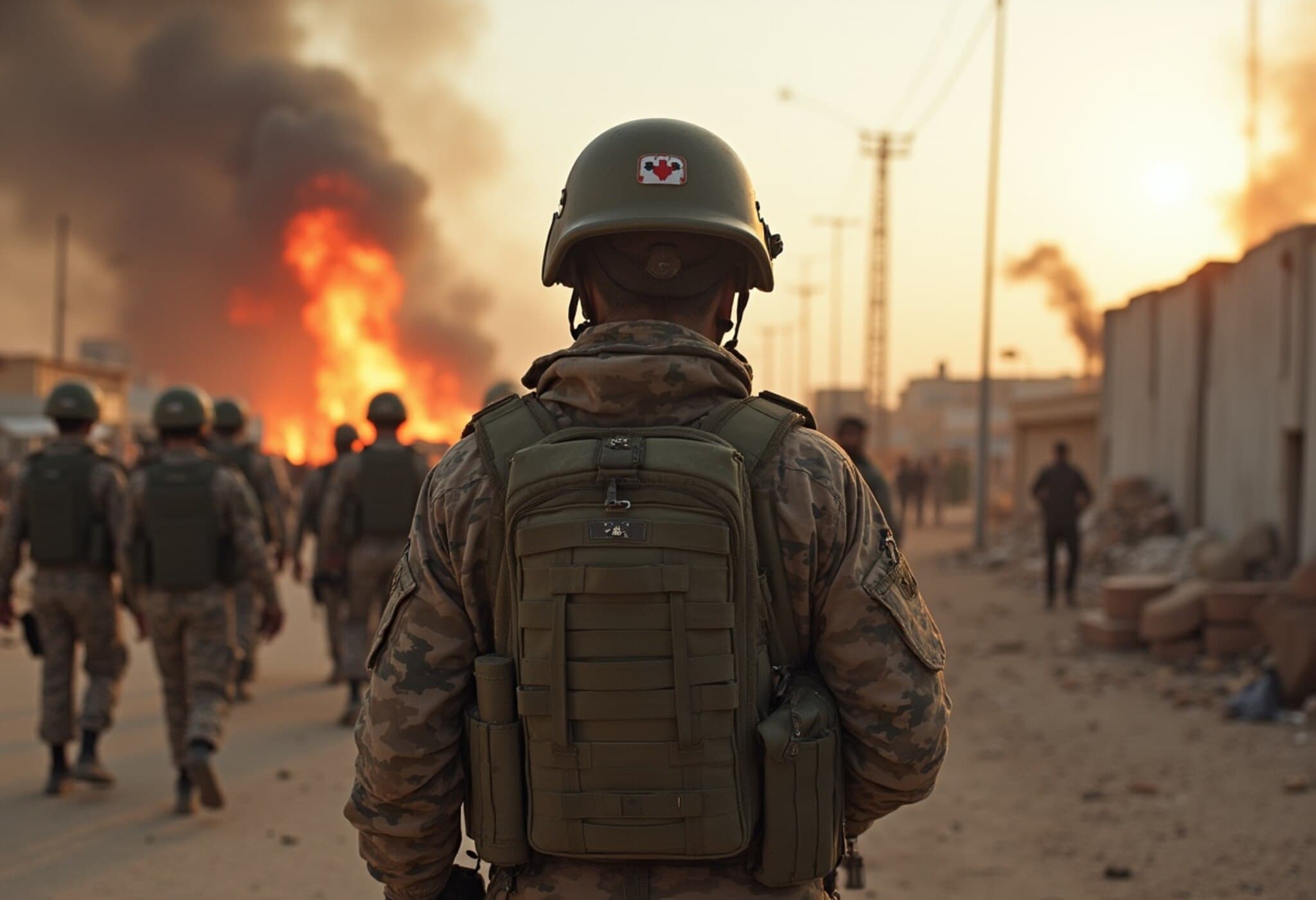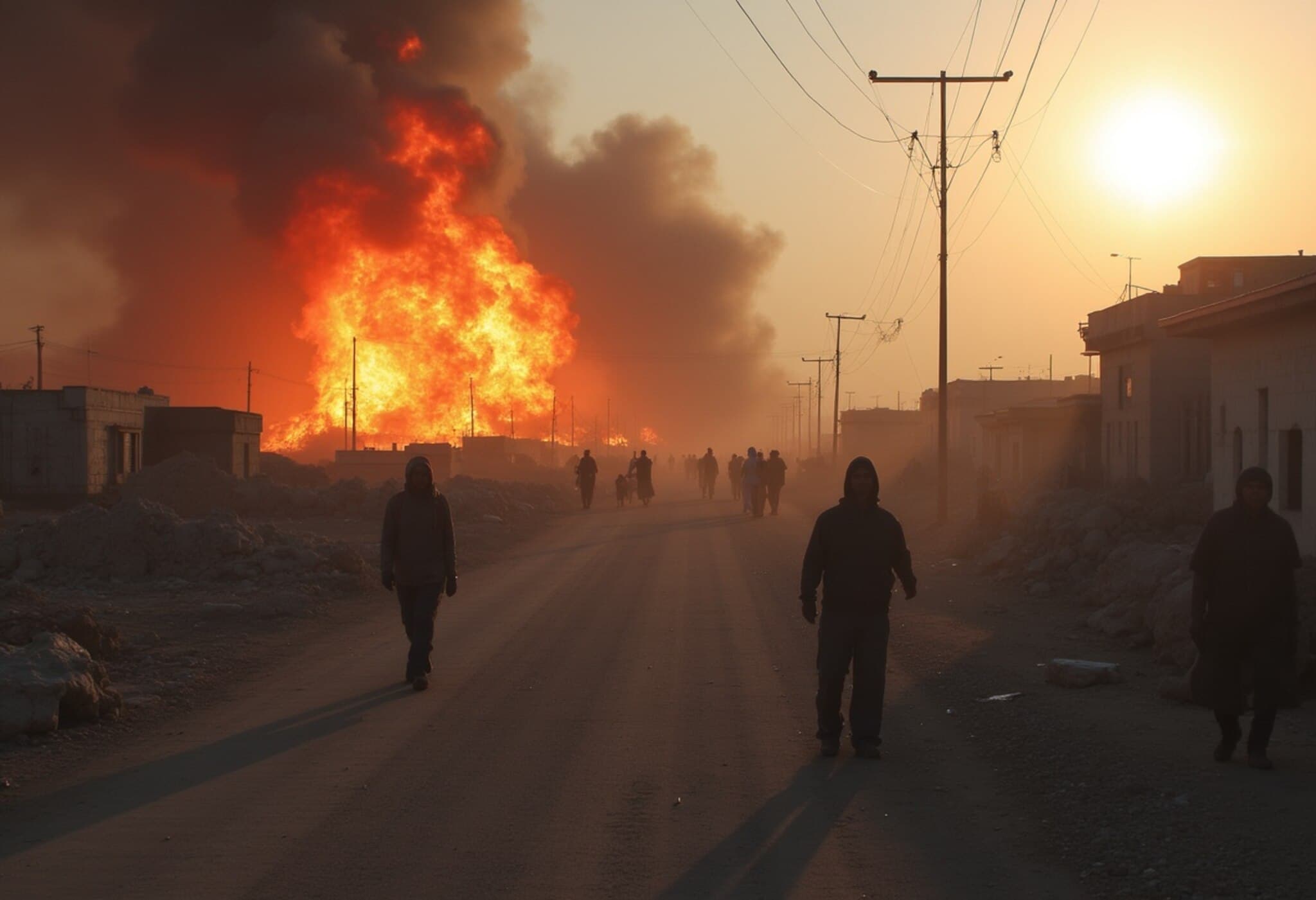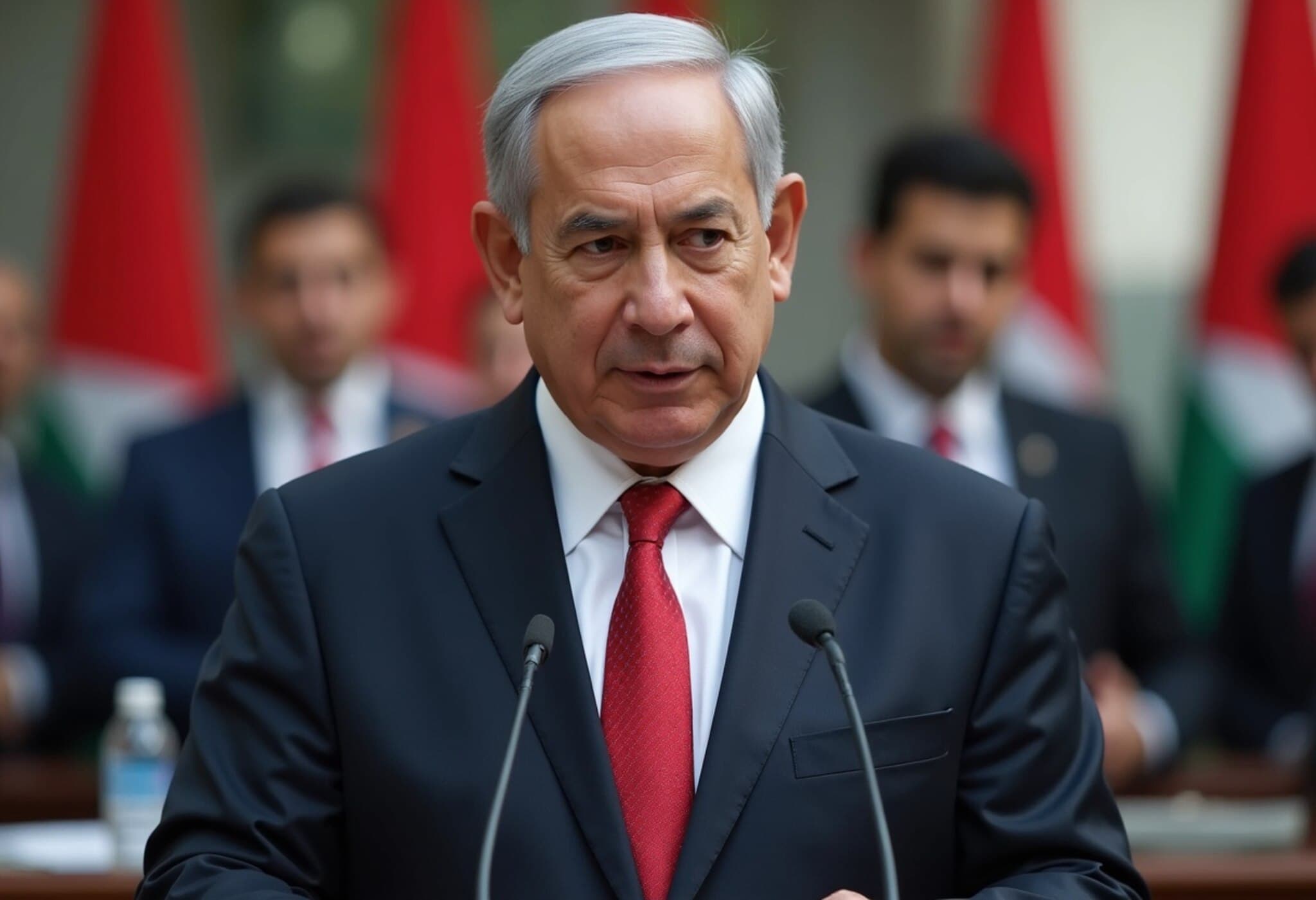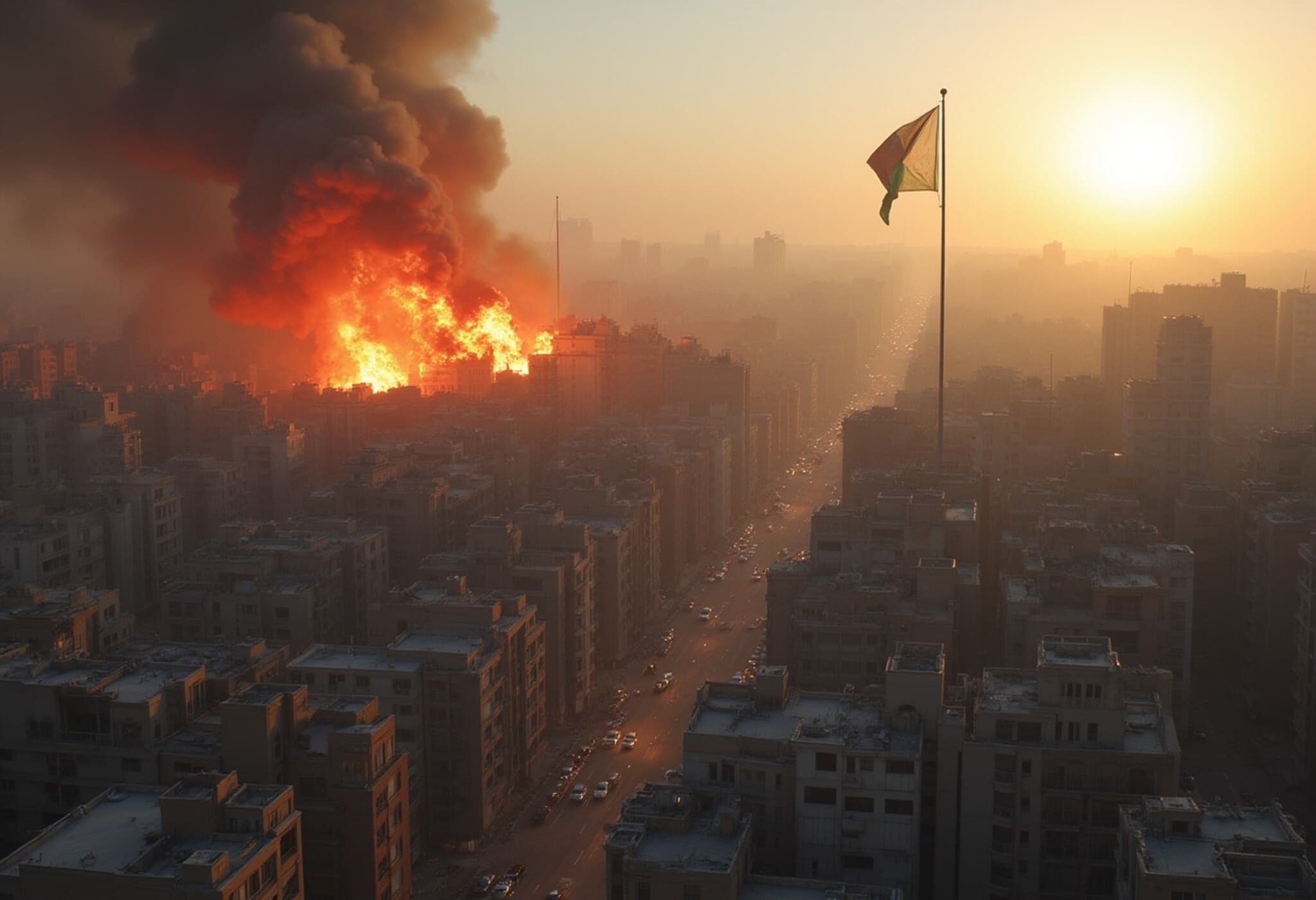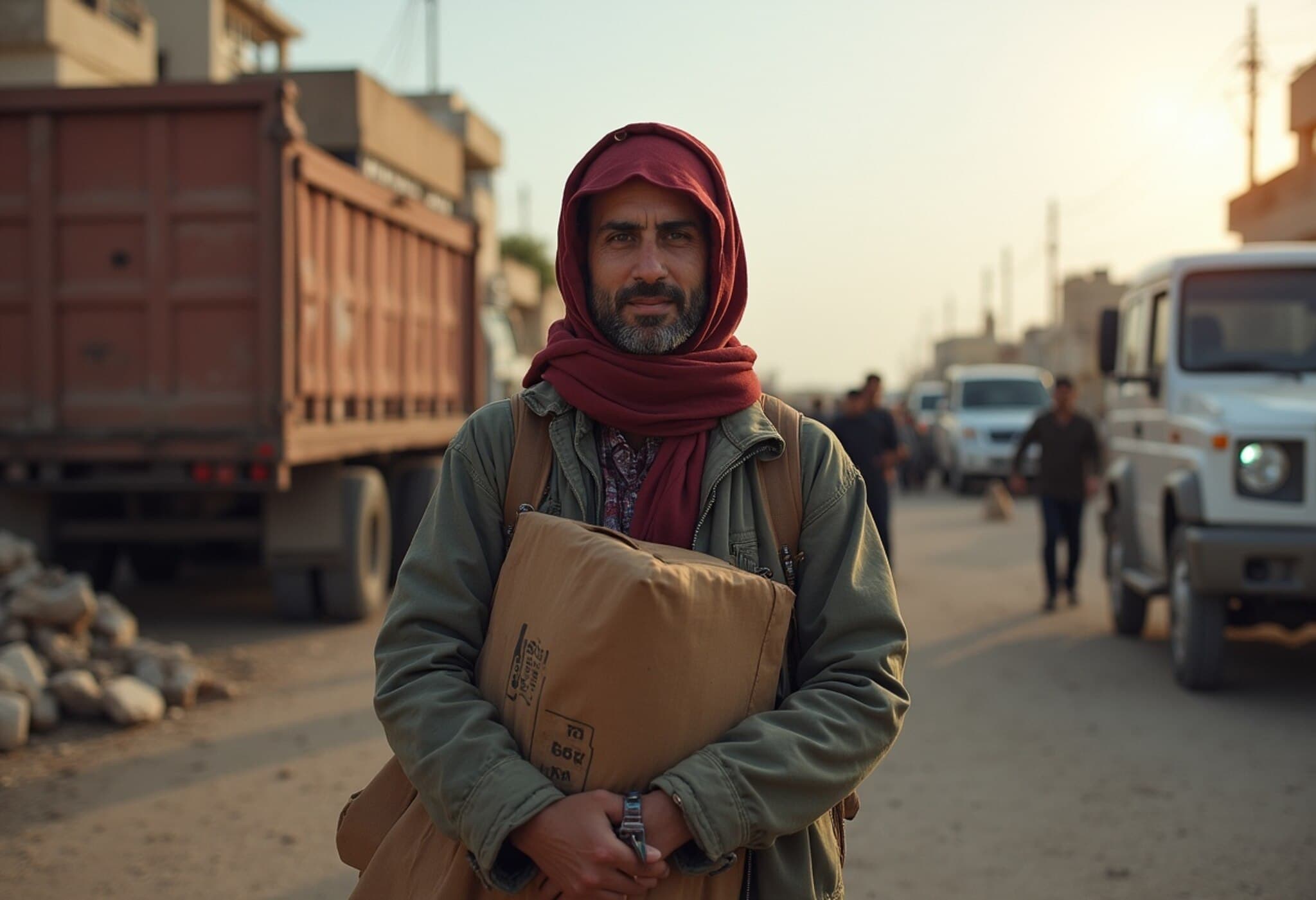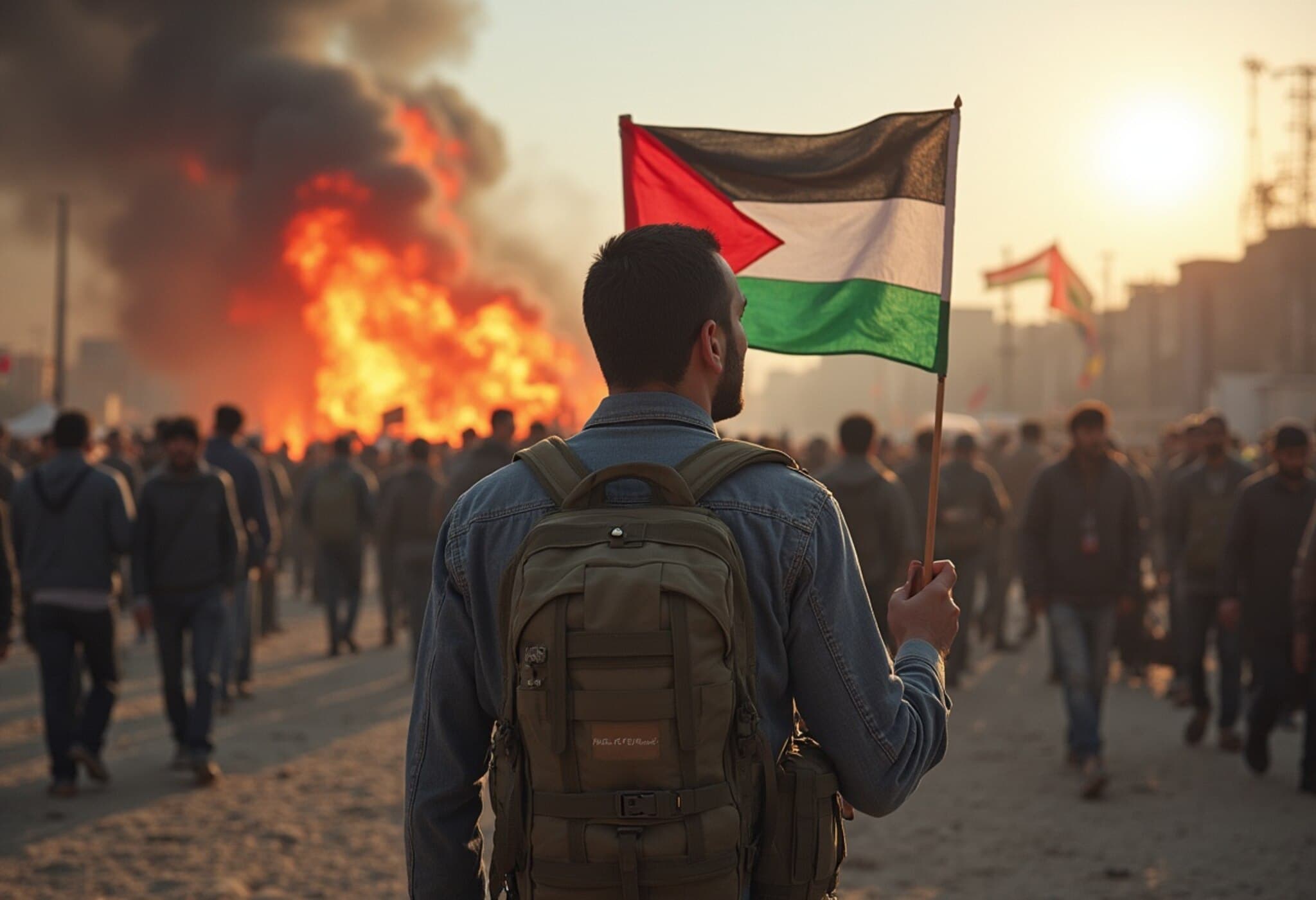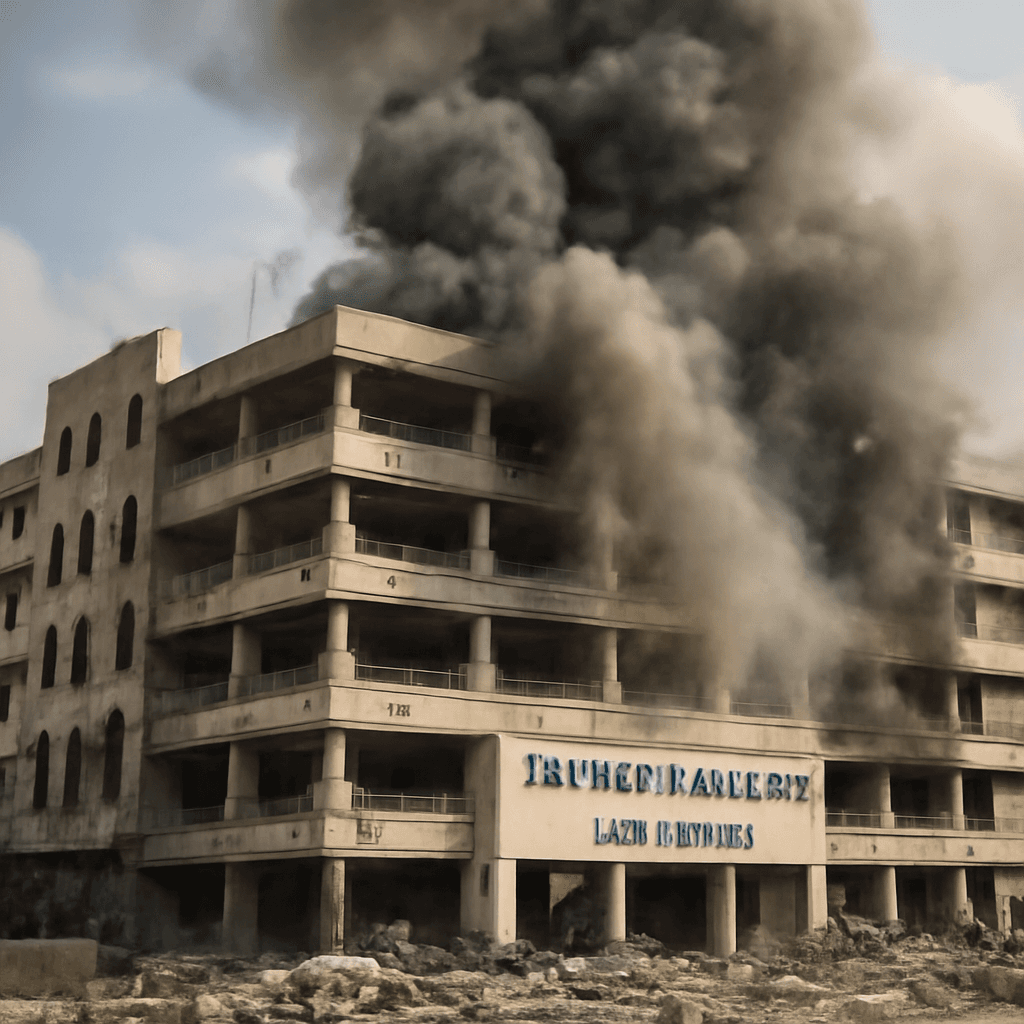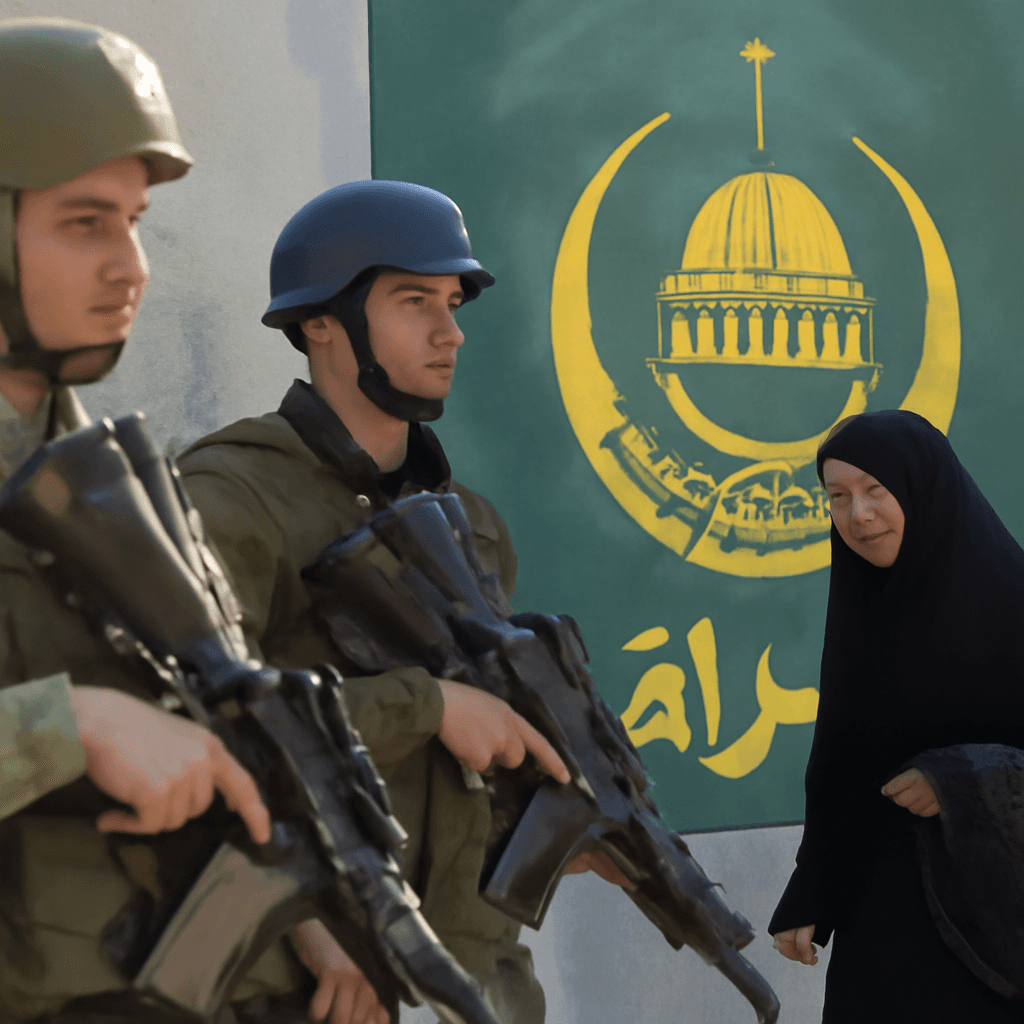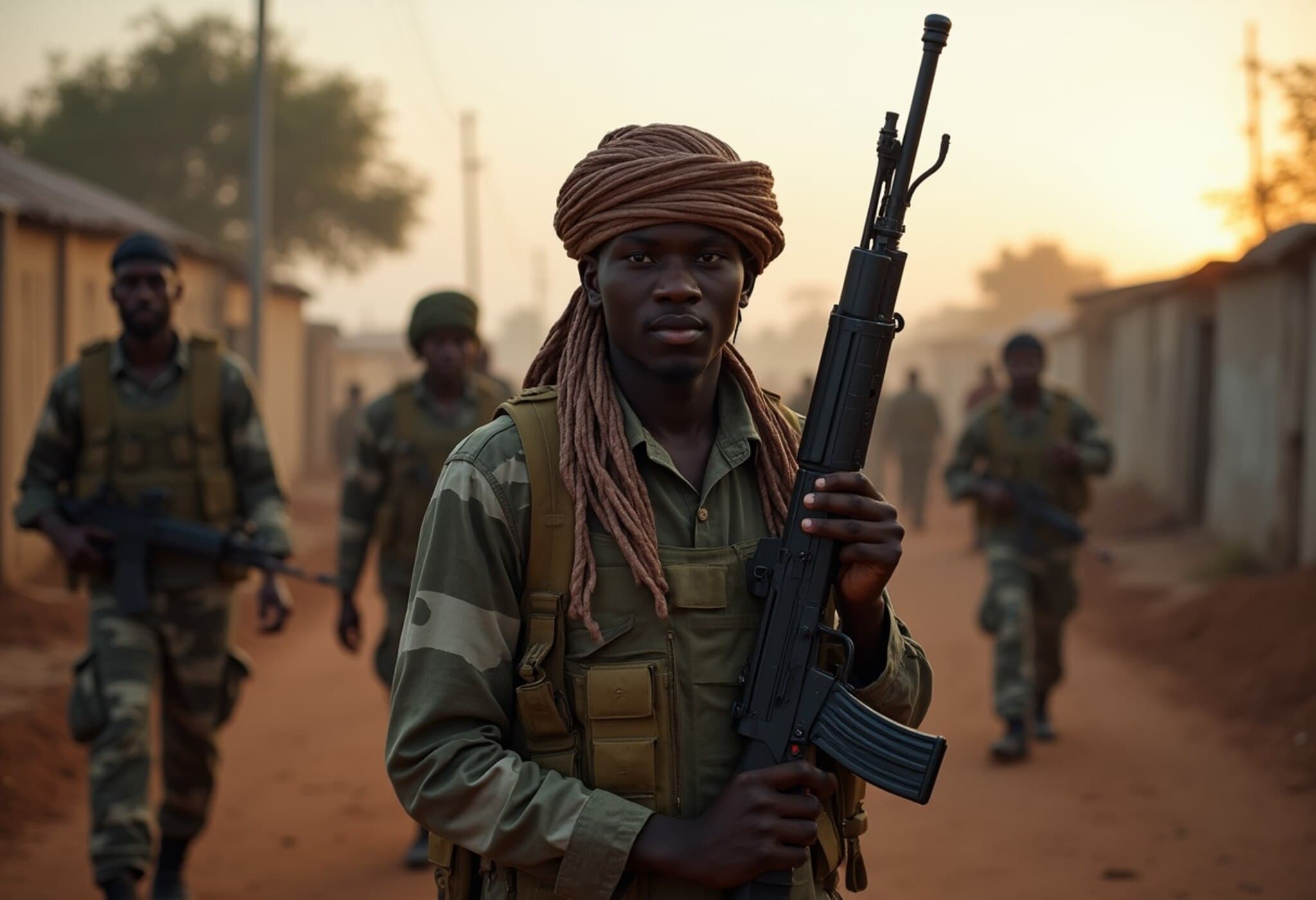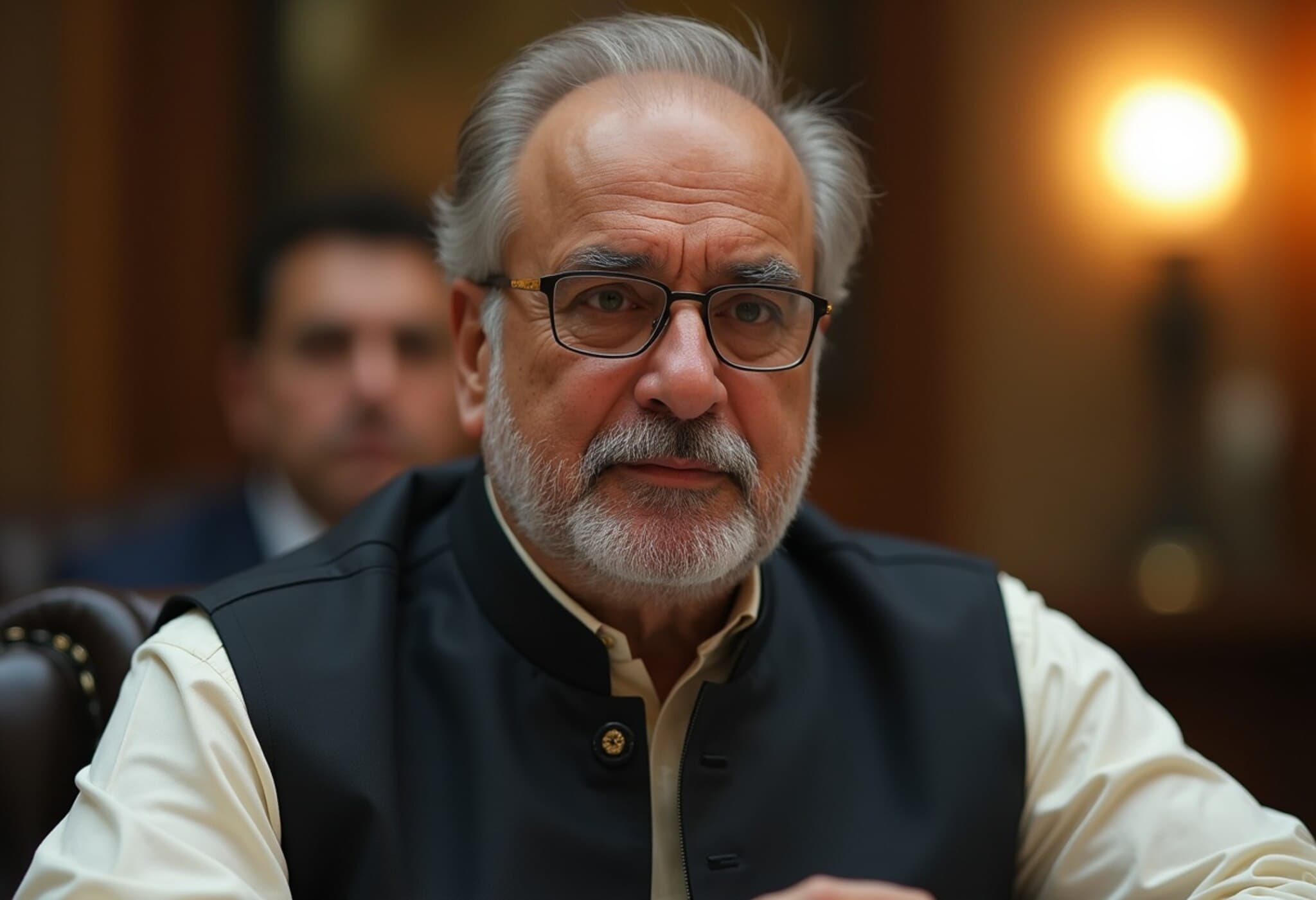Ongoing Ceasefire Talks Between Israel and Hamas Face Deadlock
As of July 12, 2025, efforts to negotiate a ceasefire in the Gaza Strip have hit a significant impasse, with both Israel and Hamas pointing fingers at each other for obstructing progress. These stalled negotiations, unfolding in Qatar, come under growing international scrutiny and heightened emotional pressure from families of Israeli hostages desperate for a resolution.
Disagreements Over Military Presence Stall Agreement
Insiders familiar with the indirect discussions revealed that Israel’s insistence on maintaining troops in over 40% of Gaza’s territory remains a major stumbling block. This operational footprint, according to Hamas and Palestinian sources, threatens to confine Palestinians displaced by ongoing violence to a cramped area near Rafah, effectively segmenting Gaza into isolated zones.
From the Palestinian perspective, the proposed terms amount to a reoccupation that hampers freedom of movement and access to crossings, a red line for Hamas negotiators refusing to accept the Israeli-delineated maps.
On the flip side, Israeli officials maintain that Hamas is deliberately stalling, accusing the group of refusing to compromise while Israel reportedly displays flexibility during talks. The arrival of US President Donald Trump’s special envoy, Steve Witkoff, in Doha is anticipated to reinvigorate mediation efforts.
Escalating Violence and Humanitarian Toll
While diplomats negotiate, the civilian cost of conflict in Gaza continues to mount. The Hamas-run civil defense reported over 20 fatalities in a single day, including victims in overnight airstrikes targeting shelters for displaced families.
Graphic eyewitness accounts depict harrowing scenes: families torn apart by explosions and hospitals overwhelmed with casualties transported under extraordinary conditions, such as donkey carts and makeshift stretchers.
The Israeli military claims responsibility for attacking approximately 250 militant targets in recent days, emphasizing strikes on Hamas positions near Beit Hanoun.
Since the conflict began, the death toll in Gaza has surpassed 57,000 Palestinians, predominantly civilians, while Israel mourns 1,219 victims of Hamas attacks on October 7, 2023. The hostage situation remains grim, with 49 Israelis still held captive by Hamas, including confirmations of 27 deaths.
Pressure Mounts as Hostage Families Demand Breakthrough
Back in Israel, public demonstrations in Tel Aviv have amplified calls for a swift resolution to secure the release of hostages. Survivors like Eli Sharabi, freed earlier this year, urge the government to seize the narrowing opportunity to negotiate effectively.
Both parties have intimated that a preliminary deal could free around 10 hostages, paving the way for broader talks about a sustained ceasefire. Prime Minister Benjamin Netanyahu has stressed that any lasting peace must include disarming Hamas, warning that failure to do so would compel Israel to continue military operations.
Historical precedence exists: previous ceasefires in late 2023 and early 2024 resulted in the release of over 100 hostages in exchange for Palestinian prisoners and increased humanitarian access, suggesting a possible, albeit fragile, pathway forward.
Expert Perspectives and Regional Implications
The stalemate highlights the complex intersection of military strategy, humanitarian concerns, and political calculus. U.S. mediation underscores long-standing American interests in Middle Eastern stability, yet the insistence on partial Israeli troop deployment in Gaza poses questions about sovereignty, occupation, and the viability of peace.
Moreover, the humanitarian crisis underscores a stark reality: civilians bear the brunt of protracted conflicts, where ceasefire breakdowns translate into devastating loss of life and trauma.
In Washington, policymakers face pressure to balance support for Israel’s security with advocacy for human rights and urgent humanitarian relief, reflecting the delicate US role as mediator and ally.
Critical Questions Moving Forward
- Can negotiators bridge the deep mistrust to finalize a ceasefire without substantial territorial concessions?
- How will Israel’s military presence in Gaza influence the future governance and freedom of movement for Palestinians?
- What mechanisms can ensure that any prisoner or hostage exchanges lead to durable peace rather than temporary reprieves?
- How might international actors balance diplomatic pressures, humanitarian aid delivery, and long-term conflict resolution?
Editor's Note
The deadlock over Gaza’s ceasefire negotiations is more than just a battle over territory and hostages—it is a reflection of a conflict deeply woven into the political and social fabric of the region. As international mediators seek breakthroughs, the human cost continues to mount, reminding us that beyond maps and military targets lie countless families yearning for peace, security, and freedom. This story urges readers to consider not only the geopolitics but the profound human resilience and hope amidst adversity.

